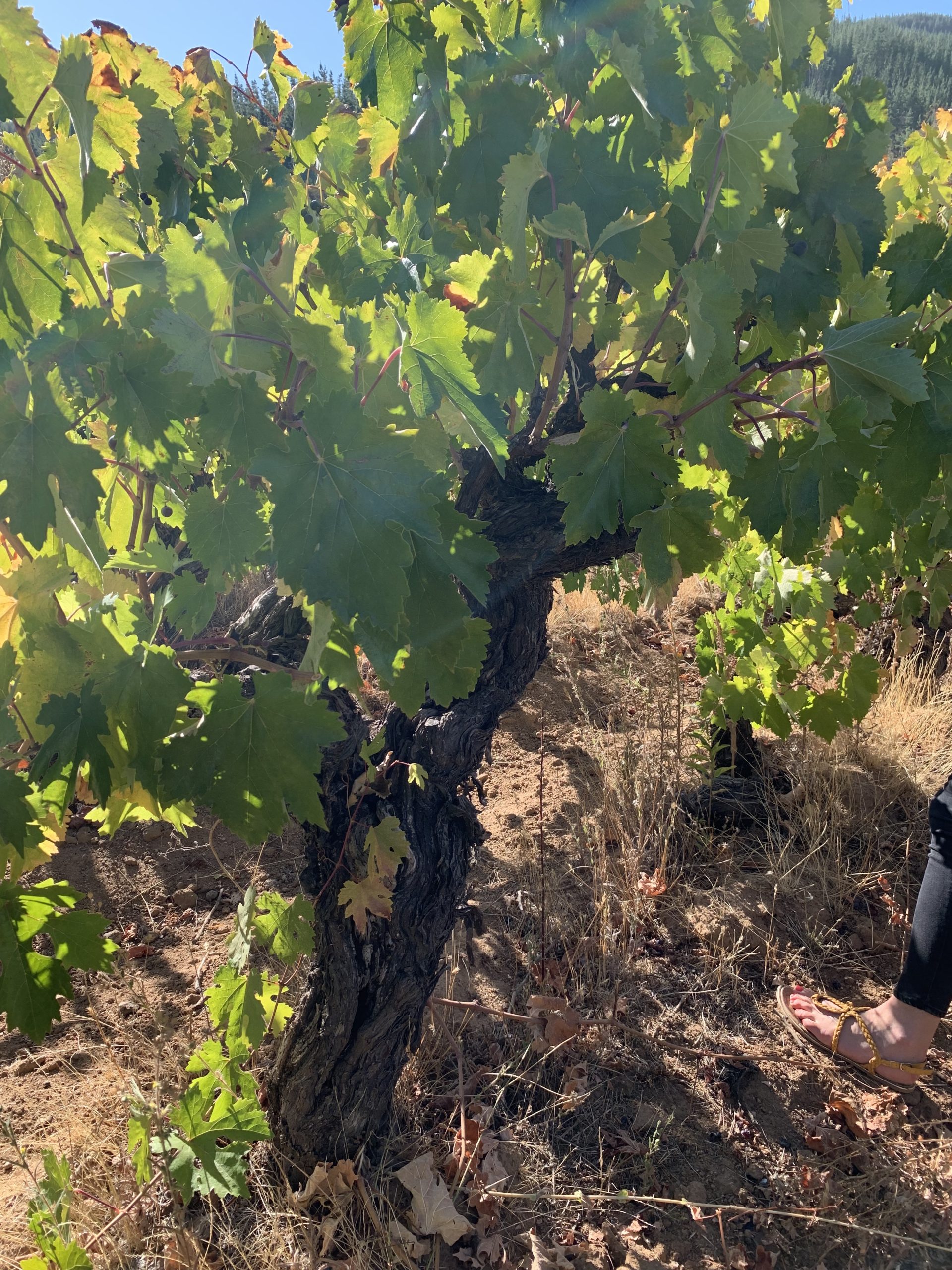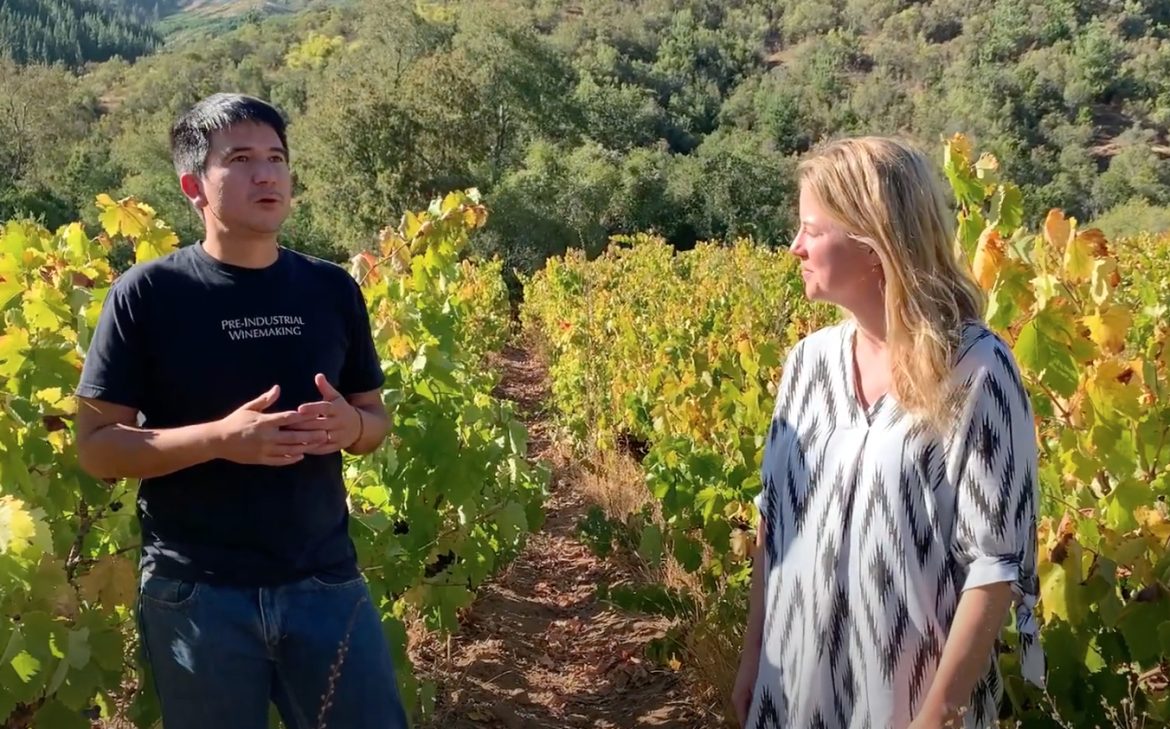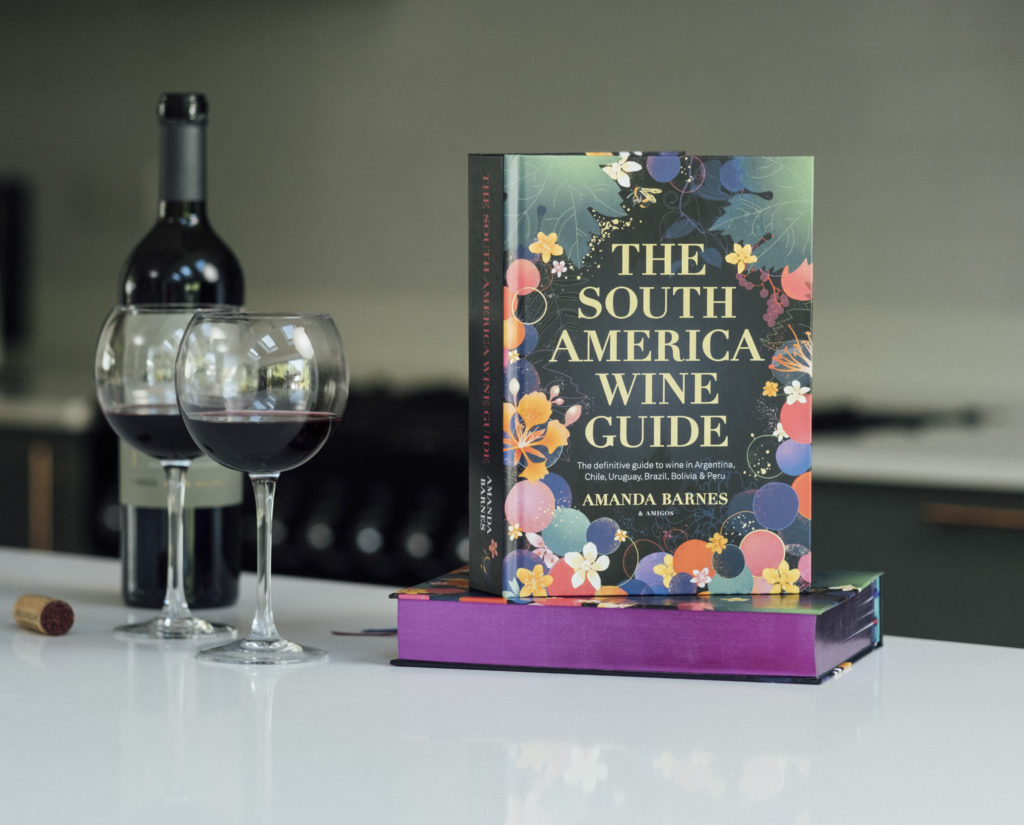Christian Sepúlveda, winemaker at Bouchon Famly Wines, talks about the secrets of viticulture when it comes to working with old vines Pais under dry-farming methods in Maule.
Christian says that of the most important secrets to getting a good maturity is to have happy vines to make sure they’ll give you the best quality. A dry-farmed vineyard can experience a lot of stress, and managing that stress is key to getting balanced acidity and fruit concentration. Amanda Barnes interviews him not only about the age of the vines, but how he knows when these vines are performing their best.
Exploring old vines of Pais with winemaker Christian Sepúlveda in Maule
Video highlights: Amanda Barnes interviews winemaker Christian Sepúlveda
We are on one of the oldest vineyards of Pais that you use both Bouchon and Longavi, can you tell me how it is working with old vines of Pais and in this dry farming methods. What are the secrets of viticulture here?
I think the main secret of viticulture when you’re talking about dry farming is you only get the water from the rain so, how do you maintain the water? One of the things we started working on in these vineyards is stopped using herbicides and moving the soil to allow the water to drain easier. One of the things we see is that the soil feels alive again. The secret to getting a good maturity is to have happy vines to make sure they’ll give you the best quality. When the plant is too stressed in dry farming, the tannins and a bit dry and you lose acidity, so you need to have healthy vines. I think the secrets are retaining the water and being sensitive about the year and how many grapes you’ll get at the end of the harvest.

In general Pais, even when it comes to vines of 100 years old, can have a very high yield. The main thing is you get a good pruning and if you see that the year is too dry you might have to remove bunches. When you get too much fruit but its not mature enough, it’s better to get fewer bunches but with good maturity.
Another thing you’ve mentioned about this vineyard is that you harvest based on different plots. Tell me how you do your harvest here? How many hectares Is this vineyard?
This vineyard is about three hectares and it is divided into three sectors. We are surrounded by native forests. One of the areas is flat and has high evolution granitic soil and a high degree of weathering and we pick that separately. In general we get softer tannins and a fruity character. We pick that at the end in order to get more water, because of the clay. Then we have two hills where the granitic soil is more in-situ, this means you get the weathering in the same place without movement. The vines are more stressed so we have to pick earlier but the tannins are more present and we get more vertical wines with a little more structure.
Because we are working with old vines, we try to differentiate how we are picking and we work with a geologist to study the difference. One thing we’ve noticed is that in dry farming the difference in the soil is greater than when you work with drip irrigation.
How much rain do you get here in Maule and has it been charging recently?
Not so much. Between 2000 and 2010, the average was around 750 millimeters and between 2012 and 2022, the average was around 500, so 24% less.
So that is why your viticulture management is essential.
But we are very happy with the health of the vines. When the vines are healthy and you get a good maturity, you will get good fruit.
Want to know more about the
wine regions of Chile?
ORDER YOUR COPY of The South America Wine Guide now!
E-book AVAILABLE ONLINE too.
Interested in watching more videos?
Aconcagua terroir: From Costa to Andes with Viña Errazuriz winemaker Francisco Baettig
Exploring Miguel Torres’ Escaleras de Empedrado in Maule
The extreme terroir of Calchaquí with Colomé winemaker Thibaut Delmotte
Cellaring wine under water… A tasting of Bodega Oceanica’s Ultramar Albariño in Uruguay
Read more about Bouchon Family Wines in our winery guide online!

